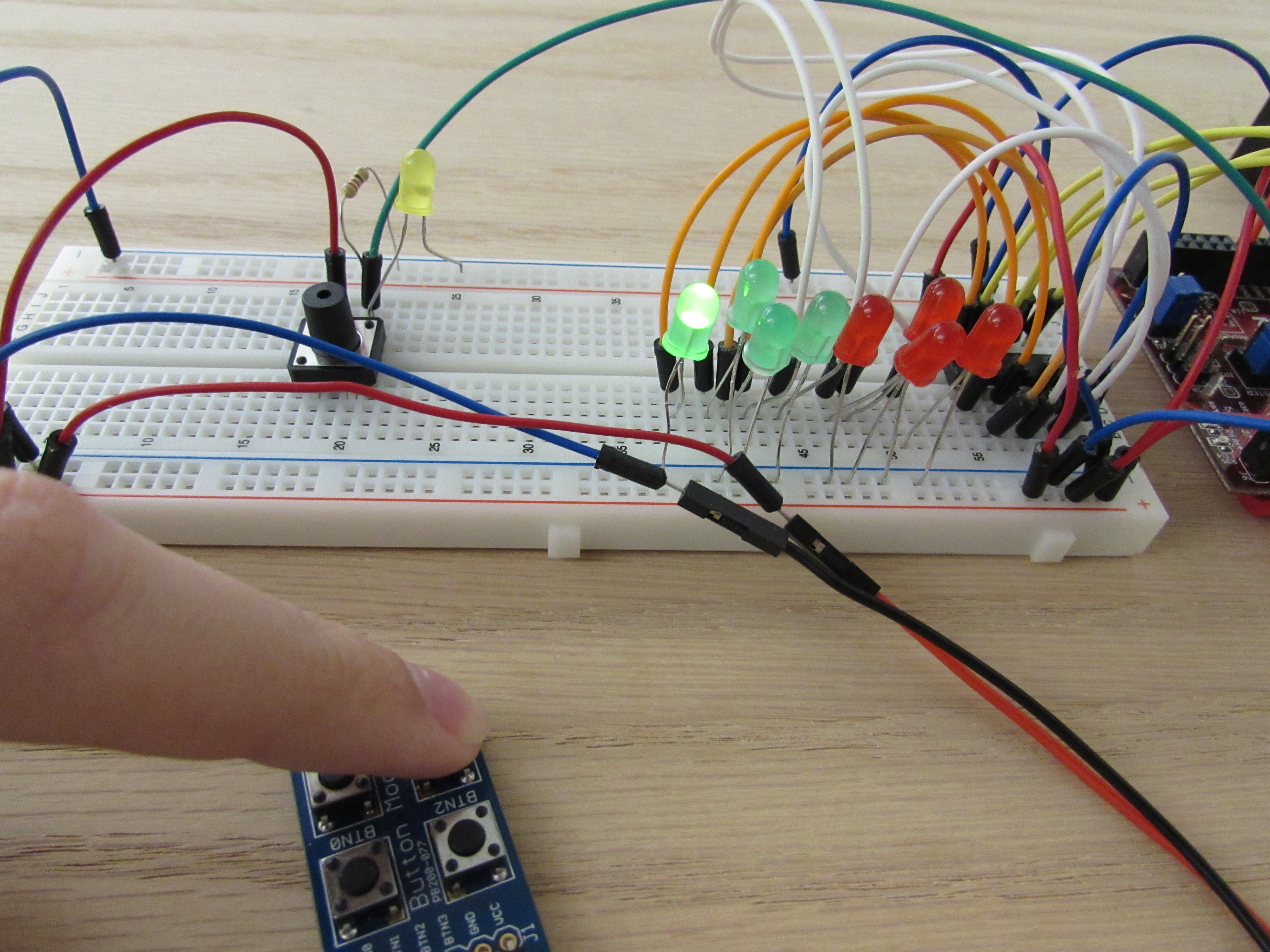Welcome back to the Digilent Blog!
Everybody has their own reason for getting into their particular hobby or job. For some, it’s as simple as following in a parents footsteps. Others have played around with the concept from a young age or had an inspiring mentor that did that same job for a living. For me electronics was a necessity, but one that I am very glad to have had the opportunity to get involved with.

I was actually working for my Chemical Engineering professor in the summer of 2012 whom at the time was working on creating small Desktop Learning Modules (DLMs) into the classroom so that undergraduate engineering students would not have to wait until their senior year before getting some hands-on experience with a variety of engineering concepts. The modules that I was working with happened to use some of the chipKIT boards that Digilent carries, namely the chipKIT Pro MX4 and the chipKIT Uno32.


My job was to collect some analog data (water pressure data) using the Uno32 and send it to the chipKIT Pro MX4 board that would then display the data on an OLED screen (the discontinued PmodOLED2).

When I first started working on this project, the closest classes I had to EE/CE was a single Java class in high school and a chemical engineering coding class that used Matlab and a single circuits class. Which essentially meant that I had a limited understanding of very basic coding concepts, but no experience to speak of. So off I went about learning MPIDE to communicate with my boards and how to use a variety of functions and communication protocols like SPI.
It was a blast.
There were so many new things to learn, and I absolutely loved the idea that I was the one programming a board to do exactly what I wanted to do. Everything else that I had done before involved following some type of set protocol or procedure to get a result. While this is still technically true in programming (you have to type in commands that exist), I got to choose how the circuit was set up and how the board responded (or didn’t respond) to it. I could even create my own set of commands via a library if I wanted to!

Needless to say, I was hooked and have continued to learn a variety of new things, delving more into the available communication protocols and some more advanced coding techniques. I’ll finally even get a chance to jump into learning about FPGAs this fall too!
As a side note, I will say that learning this all was not always fun and games. The learning curve does exist in this field and my head made friends with many metaphorical walls, especially when I was first starting out. Luckily (and what I wish I had known at the time), Digilent has a wide variety of material and available resources at our Learn site, Instructables, and the Digilent Forum to help people get started in the electronic world.
Let us know your story in the comments below!

